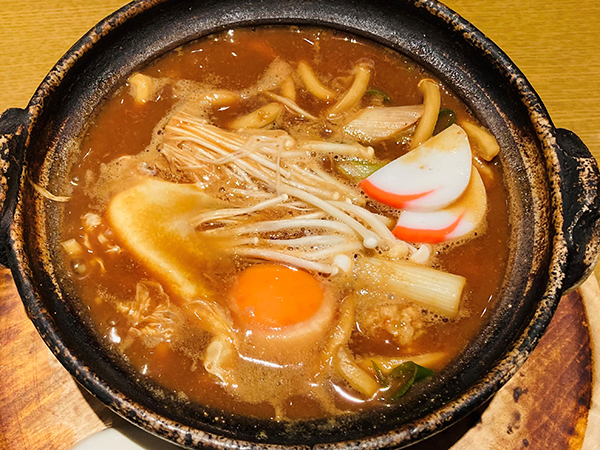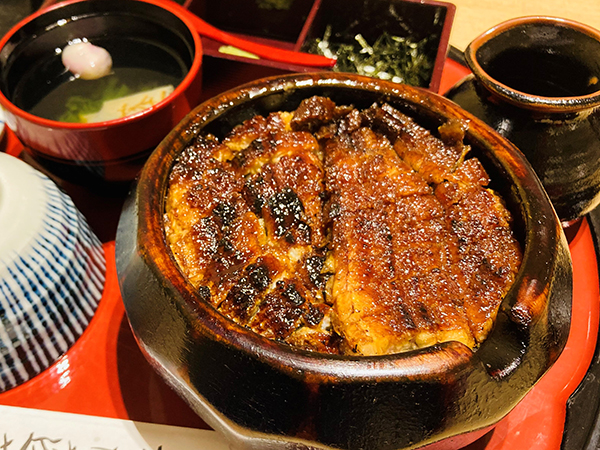News Release
Run! Run! Run!
May 6, 2021
May 6, 2021
Run! Run! Run!
Do you like running?
In Japan, number of people who run at least once a week had increased since Tokyo Marathon 2007. It peaked at 5.7 million in 2012 and gradually decreased until it started to see increase again in 2018.

I like running. I started to run in 2009 because my friend invited me to a 5km race. I was able to run longer distance little by little and now I'm really into it that I started my own running club in 2019. Now I run several half and full marathons in a year.

Due to COVID-19, most of marathon races were cancelled since the begining of 2020. Many runners lost their motivation and eagerly waited for the races to start. Fortunately, I could run few marathon during this situation. I completed Nagoya Women's Marathon on March 14 2021. The race is really attractive and popular for women because omotenashi (Japanese hospitality) and thoughtfulness are the top level. For example...
- All finishers can receive Tiffany's neckless
- Good-looking guys formally dressed in tuxedos wait runners at the finish line
- Many portable toilets prevent runners from waiting a long time
- Nursery room is prepared for mother runners
- Japanese popular singer sings National anthem before starting the race
Full marathon requires comprehensive ability; running ability, nutrition management, mental strength and race management.
As for nutrition management, carbohydrate loading is familiar for marathon runners to maximize the storage of glycogen in muscle and liver. It is only effective for endurance events lasting longer than 90 minutes, such as marathon, ultramarathon, and triathlon.
The loading starts a week before the race. From day 1 to 4, diet consists of 60% of carbohydrate, 10% of protein and 30% of fat. From day 5 to the race day, 80% of carbohydrate and 20% of protein and fat.
In your country, what do marathon runners eat for carbohydrate loading?
I know that pasta party is often held on the eve of the race abroad.
The staple food in Japan is rice, so runners often choose rice for carbohydrate loading in the menu such as rice bowl dishes, rice ball, and rice cake. Of cause, udon noodle and pasta are also popular.
Do you know Naoko Takahashi? She won a gold medal in 2000 Sydney Olympic marathon.
She ate udon noodle with rice cake to storage glycogen.
I don't strictly fiollow the carbohydrate loading but still eat carbohydrate a lot couple of days before the race.

Nagoya cuisine is really unique, so eating is also the best part about joining the marathon. I went to Nagoya a day before the race, enjoyed lunch and dinner there. For lunch, I ate "Miso Nikomi Udon" (udon noodles stewed in a soybean-miso soup, see above picture) and then sweet azuki bean soup with rice cake for dessert. For dinner, I ate hitsumabushi (sauce-dipped, charcoal-grilled eel is chopped into strips and places on a bed of piping-hot rice in a tub). I think it was a perfect carbohydrate loading menu in Nagoya.

Satake has developed world's finest products to process staple food; rice, wheat and corn. As a runner, I'm happy that Satake supports many runners' nutrition management indirectly. I'm going to challenge ultramarathon in September while eating food processed by Satake's technology.
